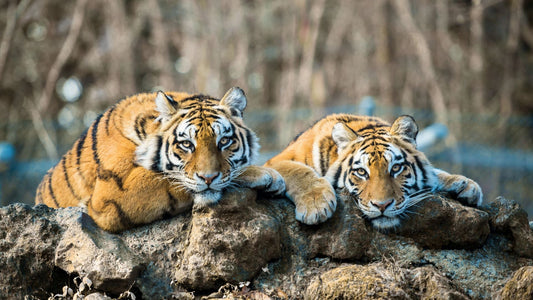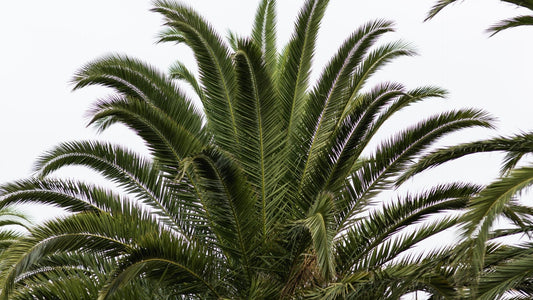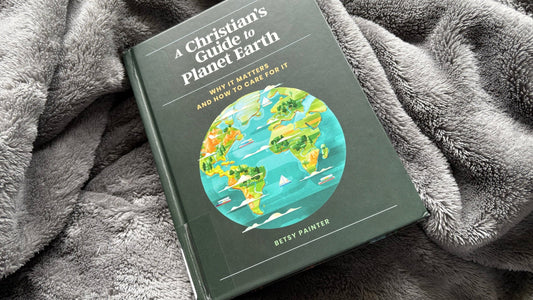Indonesia is an equatorial country with significant tropical forest. These forests are the largest of their kind in Asia. Indonesia has the third largest endowment of tropical forests in the world after the Amazon and Congo rainforests. These Indonesian forests contain 10 to 15% of the earth’s plant and animal species. Indonesia has 480 types of coral reefs housing 60% of known hard coral species. Indonesia is one of 17 mega-diverse countries with 2 of the world’s 25 biodiversity hotspots. In the 1960s, 80% of Indonesia’s land cover was rainforest. Now, that figure stands around 50%. This has significant consequences for the many Indonesians who rely on rainforests. Approximately 40 million Indonesians in rural areas depend on the biodiversity of their surrounding environment for subsistence. The most biodiverse environments in the country are tropical lowland forests which are under the greatest pressure of any natural ecosystem in the country by agricultural expansion.
The loss of high biodiversity forests in Indonesia is mostly the result of agricultural production for export, largely for pulp and paper and palm oil products. Although the deforestation rate has slowed from the dramatic rates of the 1990s and the 2000s (one period between 1996 and 2000 had an annual deforestation rate of 3.5 million hectares), Indonesia still bled 493,000 hectares from 2017-2018 and 462,000 hectares in 2018 to 2019. These falling rates are due to new conservation schemes and policies, mostly achieved without creating national parks or officially designated wild areas. These conservation efforts protect biodiversity, especially when targeting primary forests.
credit: https://www.climatescorecard.org/2020/06/in-the-1960s-80-of-indonesias-land-cover-was-rainforest-now-it-is-50/




